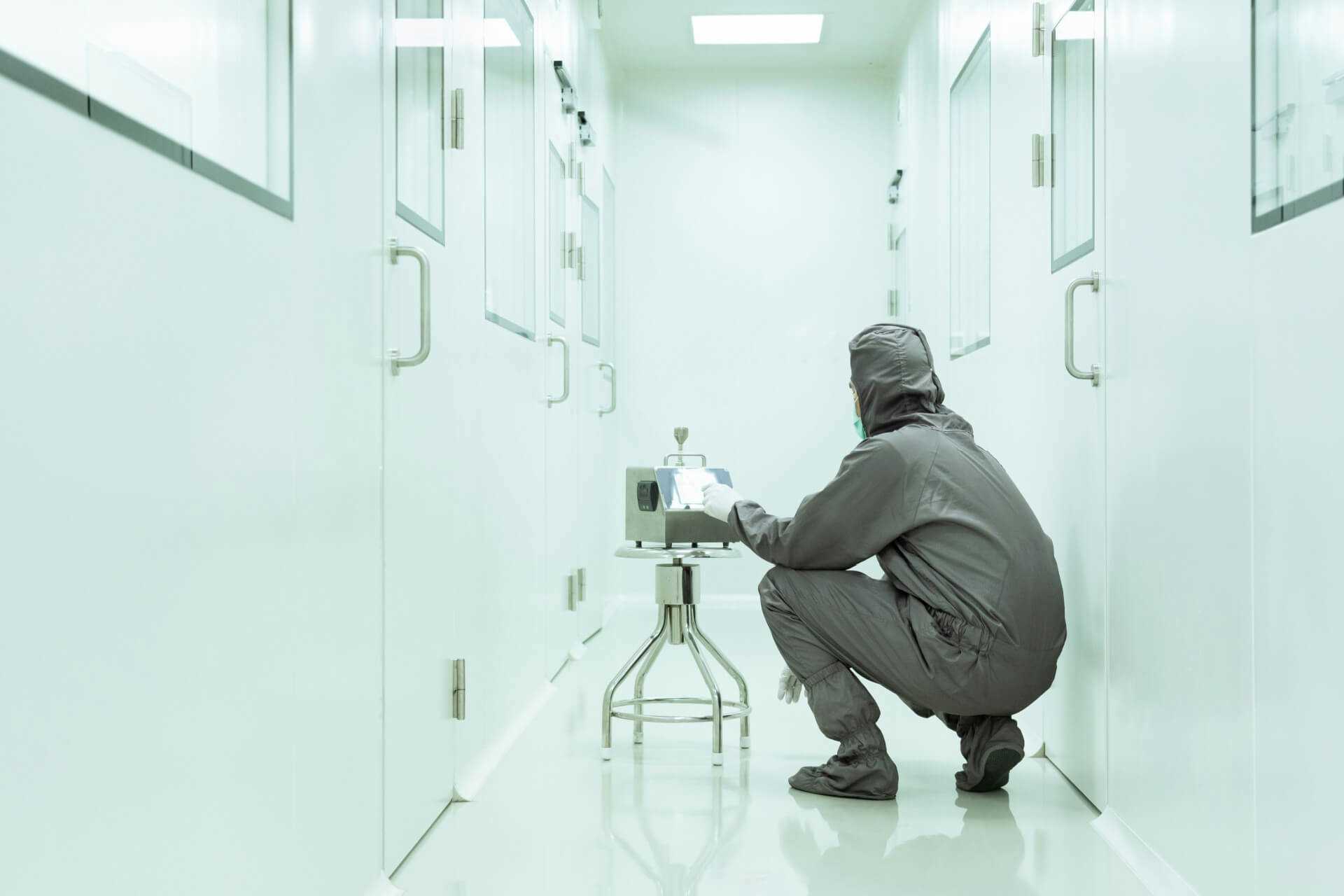
Importance of Cleanroom Risk Assessment
Risk management in cleanrooms is pivotal to ensuring uninterrupted operations and maintaining compliance with industry standards. A well-structured risk management plan helps prevent contamination and operational failures, safeguarding both product quality and safety. This blog post outlines the steps to create an effective cleanroom risk management plan and highlights key considerations to address potential risks proactively.
Step 1: Risk Assessment
The first step in developing a risk management plan is conducting a thorough risk assessment. This involves:
• Identifying potential sources of contamination and operational failures, such as equipment malfunction, human error, or supply chain disruptions.
• Analyzing the likelihood and potential impact of these risks on cleanroom operations.
• Prioritizing the risks based on their severity and the feasibility of mitigation strategies.
Step 2: Establishing Risk Mitigation Strategies
Once risks are identified and prioritized, the next step is to establish strategies to mitigate these risks. Strategies may include:
• Enhancing training programs to reduce human error.
• Implementing redundancy in critical systems to prevent downtime due to equipment failure.
• Establishing protocols for rapid response and containment in case of contamination.
Step 3: Implementation of Control Measures*/b
Implementing control measures involves putting the planned mitigation strategies into action. This includes:
• Integrating advanced monitoring systems to detect deviations in environmental conditions.
• Regular maintenance and calibration of equipment to ensure optimal performance.
• Strict adherence to standard operating procedures and cleanroom protocols.
Step 4: Monitoring and Review
Risk management is an ongoing process. Regular monitoring and review are essential to ensure the effectiveness of the implemented measures and to make adjustments as necessary. This step involves:
• Continuously tracking the performance of risk control measures.
• Conducting regular reviews of risk management plans to incorporate new risks or changes in operational processes.
• Engaging with all stakeholders to gather feedback and improve the risk management strategies.
Step 5: Documentation and Reporting
Comprehensive documentation and reporting are crucial for regulatory compliance and for maintaining a clear audit trail. Documentation should include:
• Detailed records of all risk assessments, including the findings, decisions, and actions taken.
• Reports of incident responses and the effectiveness of mitigation measures.
• Updates to the risk management plan, reflecting any changes or improvements made based on ongoing reviews.
Developing a robust cleanroom risk management plan is a dynamic and strategic process that plays a crucial role in maintaining the integrity of cleanroom operations. By systematically assessing risks, implementing effective mitigation strategies, and continually monitoring their effectiveness, cleanroom operators can ensure that their facilities remain compliant, safe, and productive.
